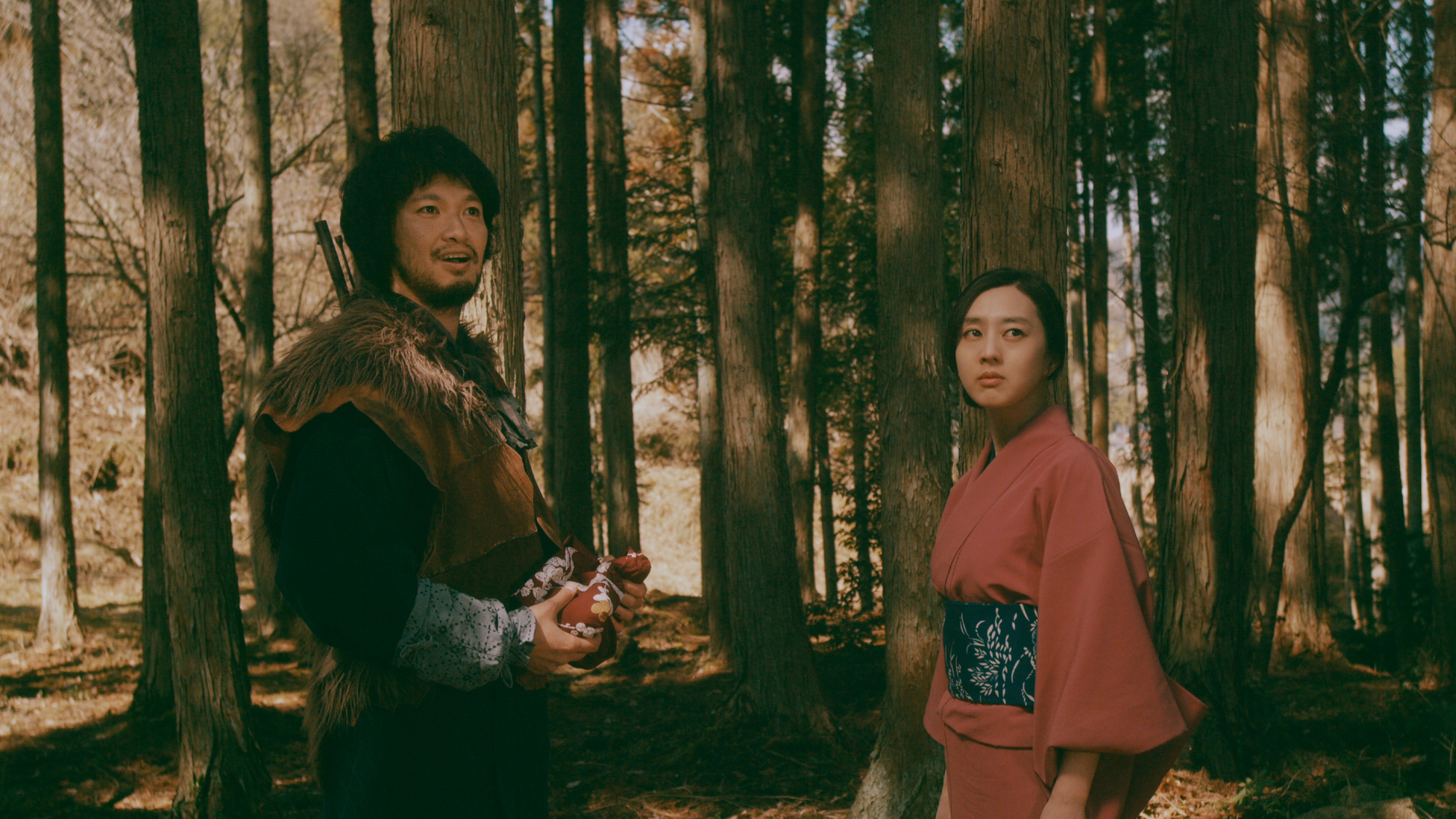The Japanese folklore story of the "Snow Woman" has been told in many places, in many ways, and in many versions, but best-known is that of Lafcadio Hearn, the Greek-Irish writer who published it in his 1904 collection, "Kwaidan: Stories and Studies of Strange Things."
Hearn's story about a beautiful pale-faced woman who appears to two woodcutters in the midst of a snowstorm, and leaves only the younger, handsomer one alive, is the basis for Kiki Sugino's new film of the same title. By far the best of the three features Sugino has directed to date, "Snow Woman" screened in the competition section of last year's Tokyo International Film Festival.
The film extensively revises the Hearn version of the tale, making a comparison with the best-known movie based on the same story, Masaki Kobayashi's 1965 "Kwaidan" (Kaidan), rather beside the point.


















With your current subscription plan you can comment on stories. However, before writing your first comment, please create a display name in the Profile section of your subscriber account page.